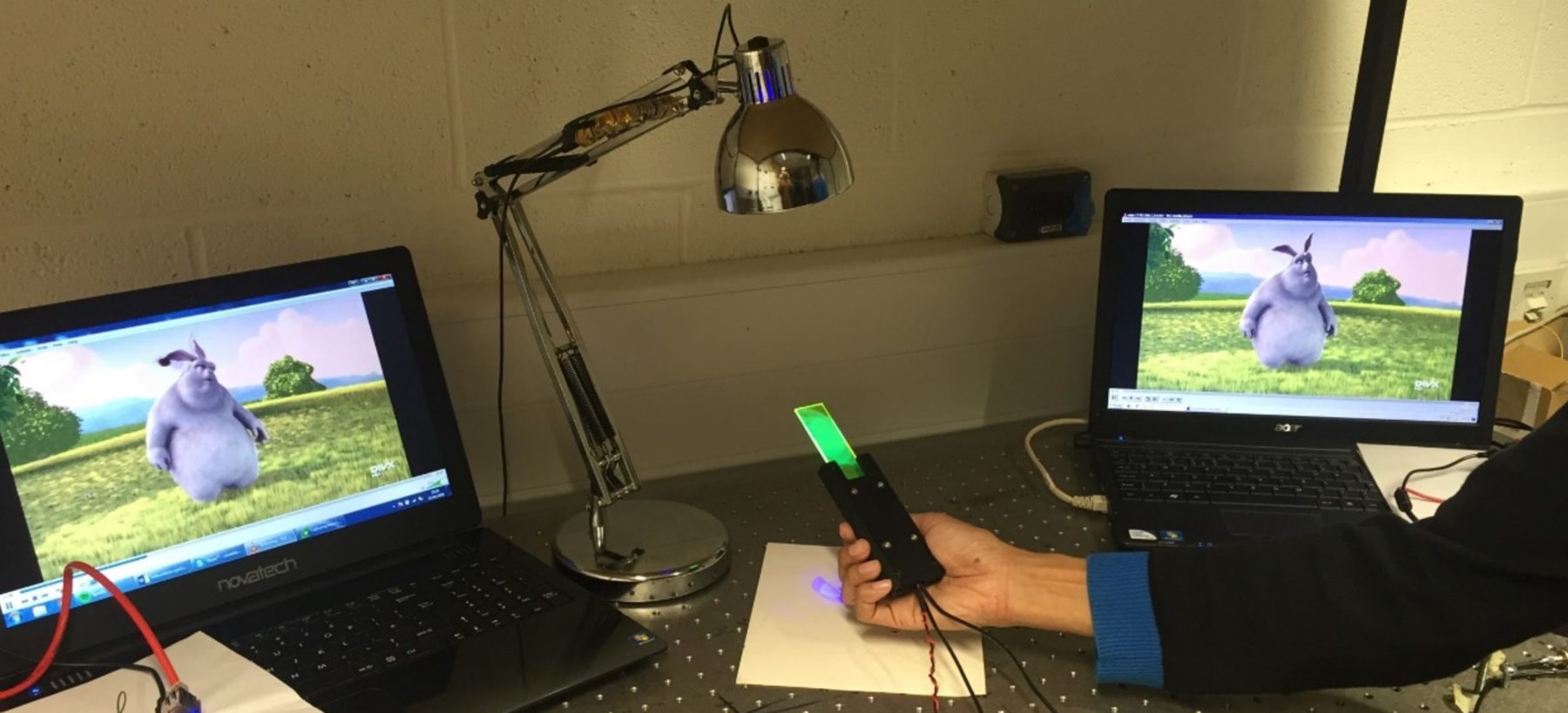Super Receivers
Visible Light Communications
In the near future, light emitting diodes (LEDs) will replace all other sources of light – from the lamps that light homes and offices to the headlights of cars. As well as providing illumination, these LEDs can be used to transmit data, and so offer an opportunity to create a new wireless infrastructure for data transmission. The demand for wireless communications to smartphones, watches, tablets and other devices is growing at a rate of 50% per year, and new technologies are needed to augment the capacity of conventional WiFi. Using LEDs in visible light communications offers a huge potential capacity to support this growth and to provide new services that use localised wireless communications.
While LEDs can transmit the information, an optical receiver is needed to collect the transmitted light, convert it to an electrical signal and extract the transmitted data. The maximum amount of light that can be transmitted is limited by the illumination brightness and concerns for the eye safety and comfort of users. The sensitivity of the receiver therefore ultimately determines the range over which optical data can be transmitted and/or the maximum possible data rate. The sensitivity of existing receivers for visible light communications is limited by a combination of the methods used to collect light and the devices used to convert this light to an electrical signal.

The Super Receivers Project
In this project are working to create new super receivers that are significantly more sensitive than existing optical receivers; that overcome conventional limits for combining speed, sensitivity and easy alignment; that are thin and flexible enough to be easily integrated onto any device. A dramatic change in performance is possible by combining two technologies- fluorescent concentrators and silicon photomultiplier array detectors- in a receiver for the first time. The first uses fluorescent materials to absorb the transmitted light signal and re-emit it at a different wavelength onto the detector. Using this method we can collect light over large areas using a thin, flexible layer which guides and concentrates the emitted light to its edges.
A silicon photomultiplier is a light detector capable of detecting individual photons. We are developing methods to count photons from the transmitter in the presence of ambient light. We are exploring how to optimise the fluorescent materials and light collecting layer to efficiently concentrate light onto one or more light detectors, and developing methods to maximise the amount of data transmitted by optimising how the data is represented. These super receivers are being tested in free-space visible light communications links to quantify their performance. Our research is achieving Gbps data transmission links, with the ability to operate in difficult environments, such as in the presence of bright ambient light.